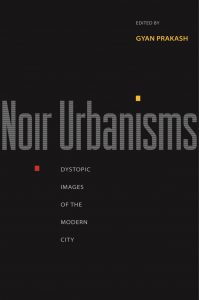
The extract taken from William Tsuitsui’s Noir Urbanism reflects upon the popularity of “annihilation fantasies” in Japanese culture. Stemming from the nations susceptibility to catastrophe, Japan has refocused their feelings of vulnerability, animosity and fear into their visual culture. A part of the text which I thought really reflects Tsuitsui’s analysis was his mentioning of Godzilla or Gojira. Having never watched the movie due to my own lack of interest in monster films, his detailed analysis of the social and political relevance of the film made me want to watch it. Tsuitsui draws connections between the monster’ attacks on Tokyo and the destruction of the city in 1945 during the world war. In my opinion by creating this sense of parallelism within the film, the film makers have used the film to provide a social commentary against nuclear power and its role in the recent war. Tsuitsui states that the creature, a creation of a misstep in American science is defeated by the apparent superiority of Japanese science and technology. This reflects a secondary purpose of the film which could be to boost the moral of the Japanese people as at the end the people unite and forgo their differences to rid the city of the alien enemy. Presenting a subversion of the realities of the conclusion of World War II, where in this case the Japanese win.
Erika Anna Fernandes
3035718395
A good attempt at summarizing the social and emotional aspect of the Monster genre in post-WWII Japan. However, as a long-lived genre and being no-longer Japan-specific, what is monster films’ role in the current society? And how do catastrophic scenes in monster films nowadays socially and emotionally reflect the issues of modern city dwellers?